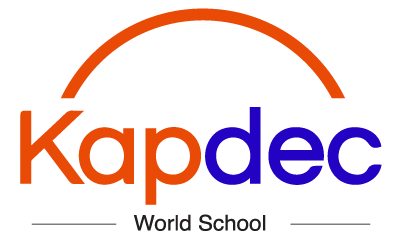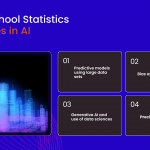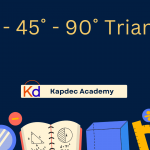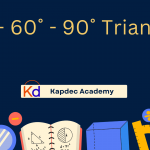The e-learning industry has undergone a massive transformation in recent years, and one of the biggest drivers of this change is consumer behavior. As learners increasingly demand flexibility, personalization, and value, the way they engage with online education platforms has shifted dramatically. Understanding these trends is essential for educators, ed-tech companies, and even students who want to make the most of digital learning opportunities (Refer).
Shift Toward Flexibility
Today’s learners no longer want to be tied down to rigid schedules. Busy professionals, students, and even school-going children look for courses that allow them to learn at their own pace. This growing demand for asynchronous learning has pushed platforms to provide on-demand classes, recordings, and modular learning options.
Preference for Personalization
Modern learners expect content tailored to their needs. With AI-driven tools, adaptive learning platforms now analyze user progress and recommend lessons, quizzes, and practice modules. Consumers are moving away from one-size-fits-all education and toward personalized learning experiences.
Focus on Skill-Based Learning
Instead of simply chasing degrees or certifications, learners are now more focused on acquiring specific, job-relevant skills. Platforms offering micro-courses, bootcamps, and project-based modules have seen exponential growth. This reflects a consumer preference for practical, result-oriented learning.
Trust and Credibility Matter
With countless e-learning options available, consumers carefully evaluate brand credibility, reviews, and instructor quality before enrolling. Transparency in pricing, certification value, and content authenticity plays a big role in decision-making.
Rise of Mobile and Social Learning
Learners increasingly prefer consuming educational content on their smartphones. Alongside, social learning communities—forums, discussion groups, and peer collaboration—are shaping how students learn. Consumers want a sense of belonging and engagement, even in virtual classrooms.
Subscription Models and Affordability
Just like Netflix or Spotify, consumers now expect affordable subscription-based learning. E-learning platforms are shifting from one-time course purchases to monthly or yearly memberships, allowing students to access multiple courses with ease.
FAQ’s
What are the main factors influencing consumer behavior in e-learning?
The biggest factors include flexibility, affordability, personalization, mobile accessibility, and trust in the platform or instructor. Learners also consider how relevant the course is to their career or personal goals.
Why is personalization important in online learning?
Personalization ensures that learners receive content suited to their pace, level, and goals. It keeps them motivated, reduces dropout rates, and makes learning more effective by targeting specific skill gaps.
How has mobile learning impacted consumer preferences?
Mobile-friendly platforms allow learners to study anytime, anywhere. This convenience has made mobile learning a top priority, as students can fit education into their daily routines without being tied to desktops.
Are learners more interested in degrees or skills today?
While degrees still hold value, the trend has shifted toward skill-based learning. Learners prefer short courses, certifications, and bootcamps that directly help them with career growth or job transitions.
How do learners decide which e-learning platform to choose?
Consumers often look at reviews, instructor quality, certification credibility, cost, and flexibility. Peer recommendations and social proof also play a big role in the decision-making process.
What role does affordability play in e-learning adoption?
Affordability is crucial. Many learners prefer subscription models over one-time expensive courses because they offer more flexibility, access to multiple resources, and better value for money.
Conclusion
Evolving consumer behavior in e-learning shows us a clear pattern: students want flexibility, personalization, skill relevance, and trust. Platforms that adapt to these demands will thrive in 2025 and beyond like Kapdec. For learners, understanding these trends can help them choose platforms that best match their educational and career goals.






